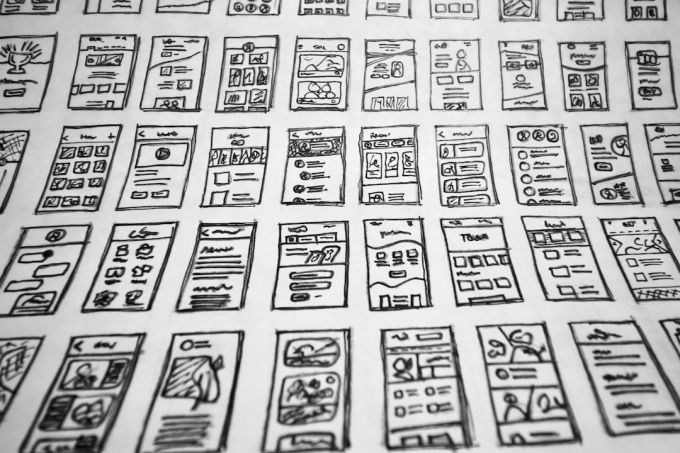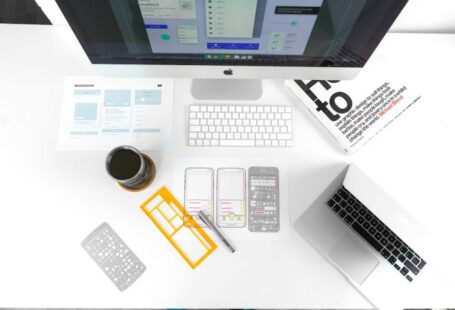In recent years, there has been a noticeable shift towards minimalism in UI design. Designers are embracing clean and simple interfaces, stripping away unnecessary elements and focusing on what truly matters. This shift is driven by several factors, including the rise of mobile devices and the desire for a seamless user experience. In this article, we will explore the reasons behind this shift and the benefits it brings to both users and designers.
Simplicity is Key
One of the main reasons for the shift to minimalism in UI design is the need for simplicity. With the increasing use of mobile devices, users are interacting with screens of all sizes. A cluttered and complex interface can be overwhelming and difficult to navigate on a small screen. By adopting a minimalist approach, designers can create interfaces that are clean, clear, and easy to use.
Focus on Content
Another key aspect of minimalism in UI design is the focus on content. By removing unnecessary elements and distractions, designers can ensure that the content takes center stage. This allows users to quickly and easily access the information they need without any unnecessary clutter. Whether it’s a website, app, or software interface, minimalism helps to create a seamless user experience that puts the content front and center.
Improved Usability
Minimalist UI design also contributes to improved usability. By simplifying the interface, designers can make it more intuitive and user-friendly. Users can easily understand how to navigate through the interface and perform desired actions without any confusion. This results in a more enjoyable and efficient user experience, ultimately leading to increased user satisfaction and engagement.
Enhanced Visual Appeal
Contrary to popular belief, minimalism does not equate to boring or bland design. In fact, minimalist interfaces can be visually striking and appealing when executed properly. By carefully choosing colors, typography, and visual elements, designers can create a visually pleasing interface that is both elegant and functional. The use of negative space and thoughtful placement of elements can create a sense of balance and harmony, further enhancing the overall visual appeal.
Faster Loading Times
With the increasing demand for faster loading times, minimalism in UI design plays a significant role. By reducing the number of elements and optimizing the code, designers can create interfaces that load quickly and efficiently. This is crucial, especially in today’s fast-paced digital world where users expect instant access to information. Minimalist design helps to minimize unnecessary code and optimize performance, resulting in faster loading times and a smoother user experience.
Adaptability and Scalability
Another advantage of minimalism in UI design is its adaptability and scalability. As technology continues to evolve, designers need to create interfaces that can be easily adapted to various devices and screen sizes. By adopting a minimalist approach, designers can create interfaces that are flexible and scalable, ensuring a seamless experience across different platforms and devices.
Conclusion: Embracing Minimalism in UI Design
The shift to minimalism in UI design is more than just a passing trend. It is a conscious choice driven by the need for simplicity, improved usability, and a seamless user experience. By focusing on content, enhancing visual appeal, and optimizing performance, designers can create interfaces that are visually appealing, user-friendly, and adaptable to the ever-changing technological landscape. As technology continues to advance, embracing minimalism in UI design will become increasingly important in creating interfaces that meet the needs and expectations of users.





